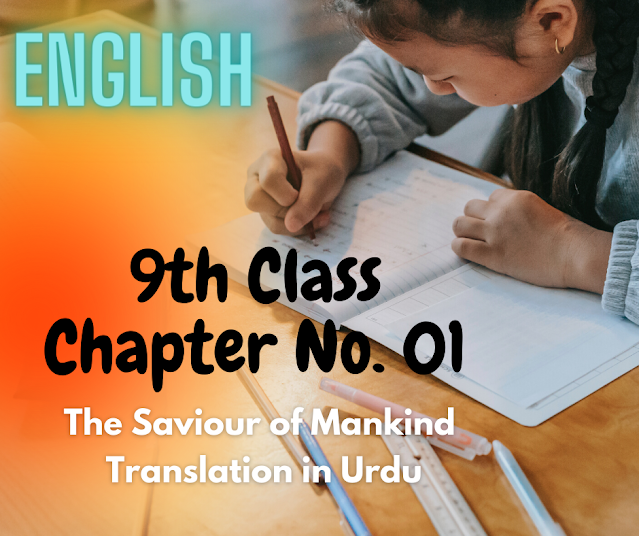🤖 Introduction 🤖
Stability AI has taken a significant leap in the world of artificial intelligence with the launch of two groundbreaking AI models, namely Free Willy 1 and Free Willy 2. These models are based on llama Foundation’s cutting-edge technology, short for Large Language Model with Adaptive Learning. Let’s delve into the exciting features and capabilities of these impressive models!
🦙 The Power of Llama Foundation Models 🦙
Llama Foundation’s approach to training AI models is truly unique and powerful. Their models, including Free Willy 1 and Free Willy 2, boast remarkable adaptability due to their training methodology. They can handle various natural language tasks, such as text generation, summarization, question answering, and sentiment analysis, with ease. The versatility of these models makes them stand out among their peers.
🚀 Introducing Free Willy 1 and Free Willy 2 🚀
Both Free Willy 1 and Free Willy 2 build upon Llama Foundation’s technology but with different parameter counts. Free Willy 1 utilizes the Llama 65b model, equipped with 65 billion parameters, while Free Willy 2 takes advantage of the more advanced Lama 270b model, boasting 70 billion parameters. This upgraded 70b model demonstrates improved performance and efficiency, setting new standards in the AI world.
🔍 Supervised Fine Tune (SFT) Approach 🔍
The journey to perfection for Free Willy models involved a method called Supervised Fine Tune (SFT). Stability AI provided detailed instructions to both models, guiding their learning process. These instructions were written in natural language, allowing the models to grasp complex tasks that require reasoning and a deep understanding of language nuances.
🎯 Inspiration from Microsoft Research 🎯
Stability AI drew inspiration from a groundbreaking approach developed by Microsoft Research for their model, Orca. By imitating the outputs and explanations of the massive gpt4 model, they were able to train a smaller model like Orca efficiently. In a similar vein, Free Willy models were improved by using Chat GPT as their teacher model and Enrico Shippel’s high-quality data sets for diverse language tasks.
📊 Impressive Performance on Benchmarks 📊
To evaluate the performance of Free Willy 1 and Free Willy 2, Stability AI conducted tests on various benchmarks that measure natural language understanding and reasoning abilities. The results are awe-inspiring, with the models outperforming many state-of-the-art instruction-tuned models and even approaching the capabilities of gpt4 on certain tasks.
🔍 Validating the Results 🔍
Stability AI ensured the validity and reliability of their results by using Ellie Uther AI’s LM Eval Harness and Hugging Face’s Open LLM Leaderboard for evaluation. The consistent and reproducible outcomes highlight the credibility of Free Willy 1 and Free Willy 2’s capabilities.
🌟 Promising Future 🌟
Anal Islamovitch, the spokesperson for Stability AI, is proud of the Free Willy models and believes they will have a significant impact on the open-source LLM community. He envisions their potential in various applications, such as interactive storytelling and educational content creation. While acknowledging their imperfections, the team at Stability AI is committed to ethical AI practices, transparency, and safety.
🙌 Conclusion 🙌
The introduction of Free Willy 1 and Free Willy 2 marks a new era in AI development. Stability AI’s dedication to quality, diverse data, and responsible AI practices has resulted in two impressive models that excel in natural language understanding and reasoning. With their potential for solving complex tasks and contributing to AI advancements, Free Willy 1 and Free Willy 2 are indeed groundbreaking creations in the AI landscape.
🚀🔍💡 Let’s celebrate the exciting possibilities these AI models bring to the world! 💡🔍🚀







